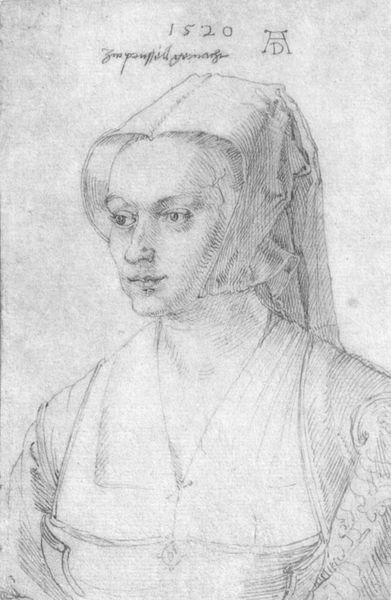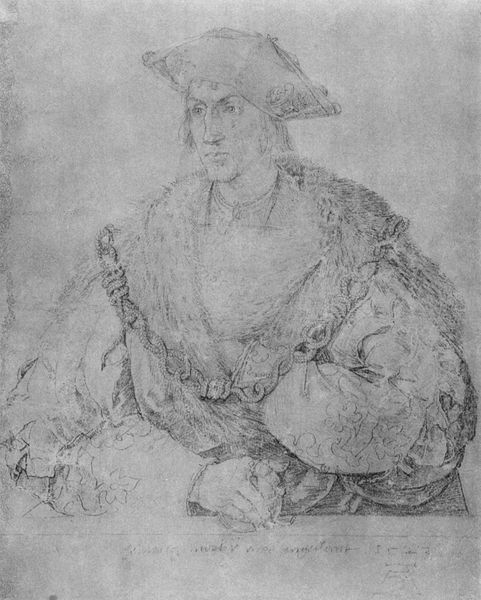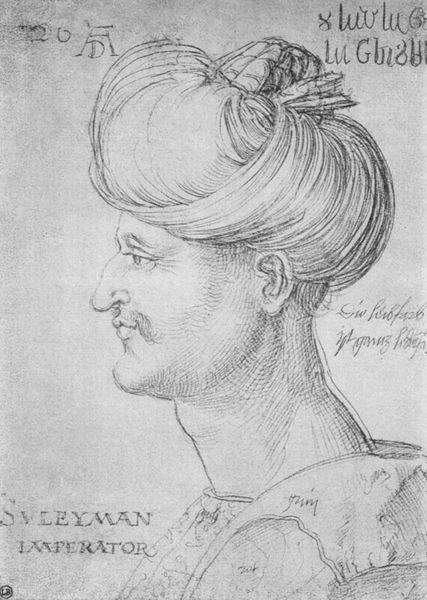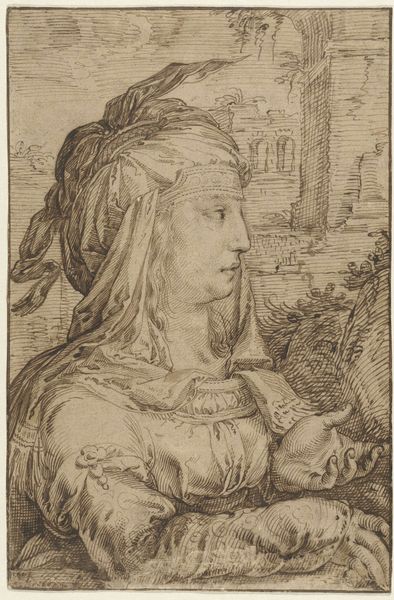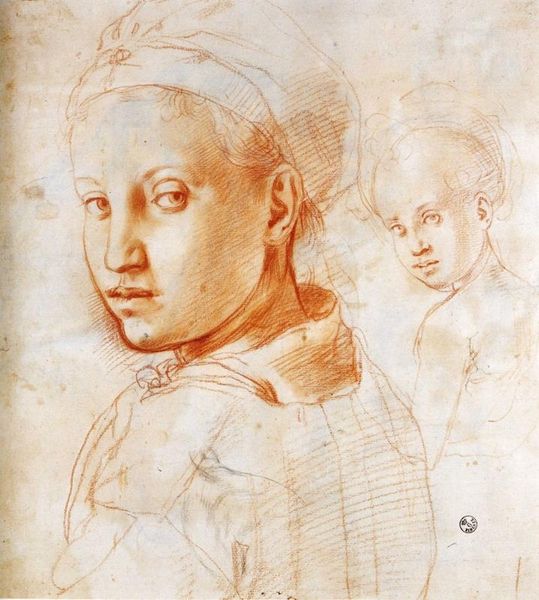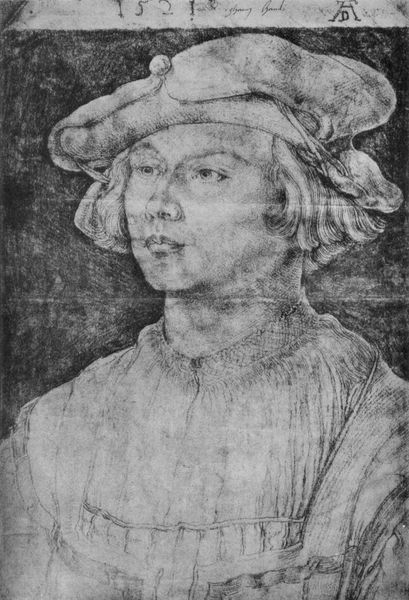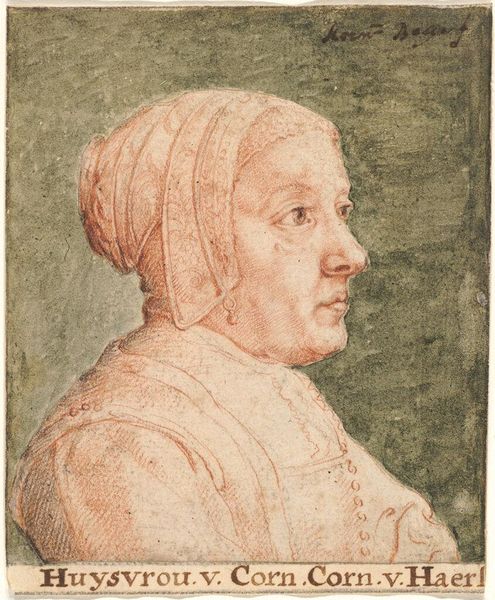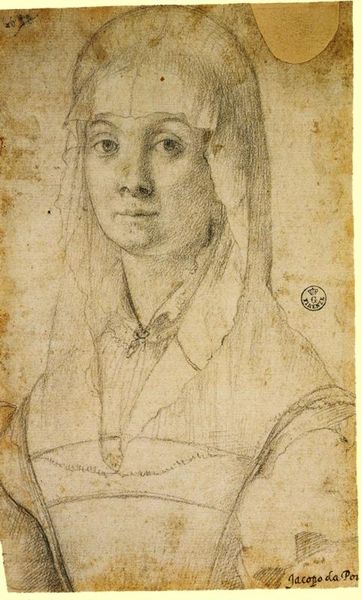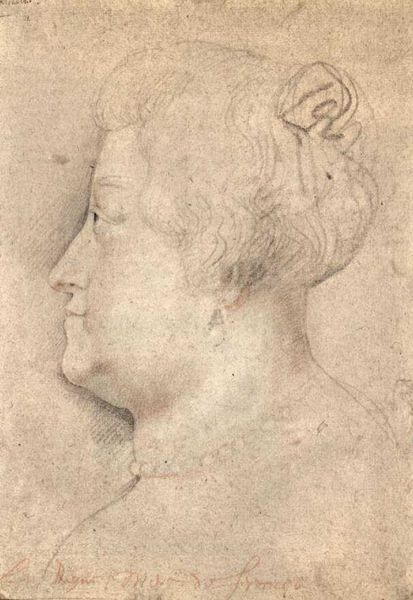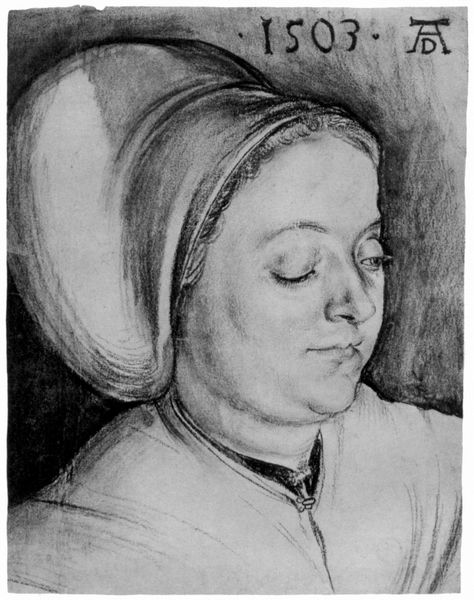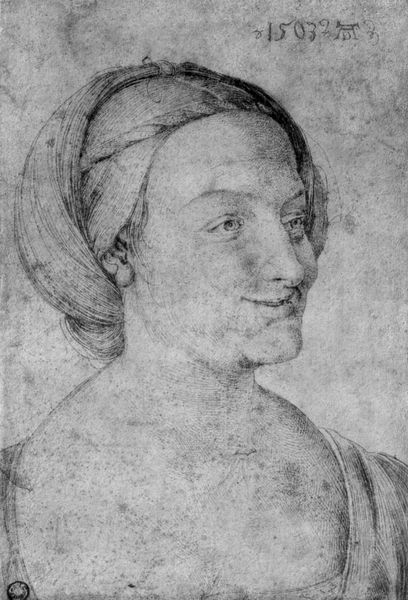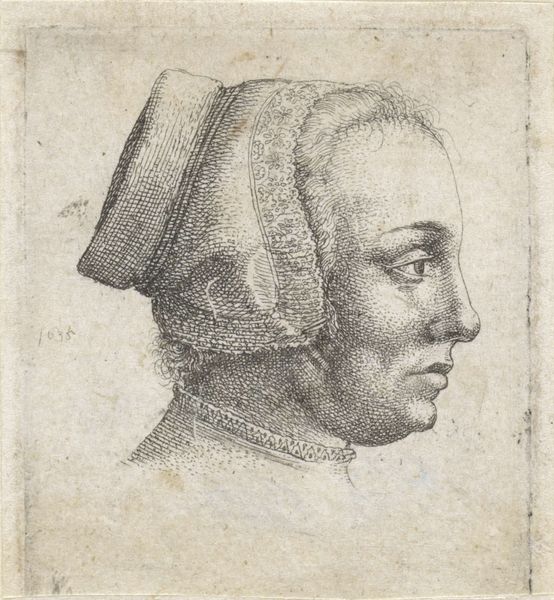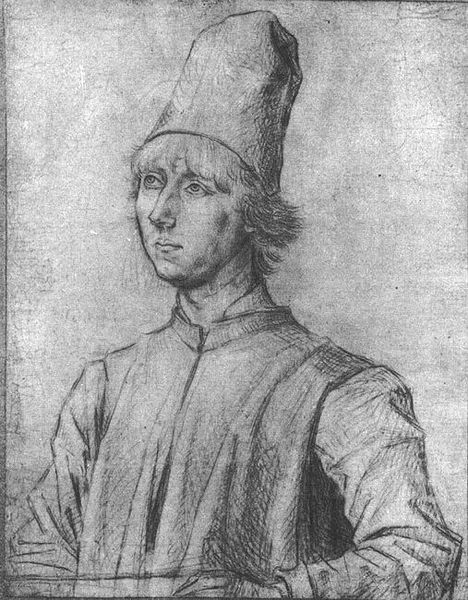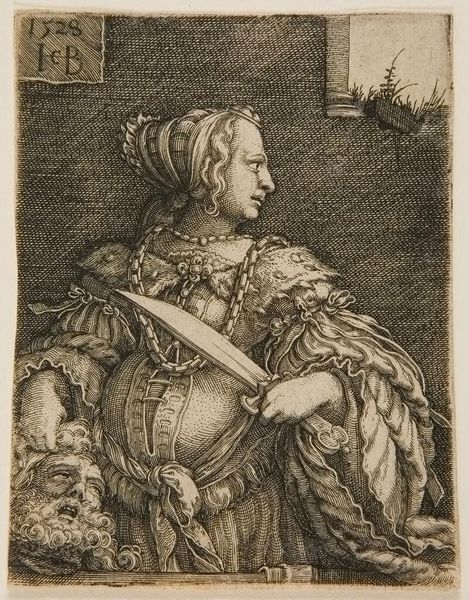
Portrait of a twenty four men and a view of St. Michael in Antwerp 1521
0:00
0:00
albrechtdurer
Musée Condé, Chantilly, France
drawing, pencil
#
portrait
#
drawing
#
figuration
#
11_renaissance
#
pencil
#
line
#
cityscape
#
portrait drawing
#
northern-renaissance
Copyright: Public domain
Editor: Albrecht Durer’s "Portrait of a twenty four men and a view of St. Michael in Antwerp," rendered in pencil around 1521, is really striking. The starkness of the lines against the backdrop of what I assume is Antwerp… what do you make of Durer’s intention here, especially juxtaposing portrait and place? Curator: Consider how Dürer situates the sitter not merely in space, but within the cultural memory embedded in Antwerp itself. St. Michael’s isn't just architecture, it's a symbolic anchor. How does placing the individual against this cityscape alter your perception of the person? Editor: It makes me think about identity, like how the place shapes the person or vice-versa. And the sitter's gaze… it’s so direct. Almost challenging. Curator: Indeed. That direct gaze invites you, the viewer, into a dialogue – across centuries. Does the city feel secondary or is it more like a co-protagonist here? The linear style seems to lend it an airy, ghost-like quality. Editor: I see what you mean! It's as if Antwerp itself is a memory, shaping the subject of the portrait. Like the weight of the city’s history informs the man’s persona, like his features are etched with the very story of Antwerp. Curator: Exactly! The buildings and towers in the cityscape function like mnemonic devices; each architectural detail speaks to larger cultural narratives, all impacting on individual and collective identity. And by extension our interpretation. Editor: I hadn't considered the role of collective memory in interpreting the individual portrait. So, the drawing is an interplay of personal identity and public history, almost as if they're mutually constructed. Thanks, I see it completely differently now. Curator: And conversely, reflecting on our encounter might influence someone else to find something entirely new. Visual language keeps evolving.
Comments
No comments
Be the first to comment and join the conversation on the ultimate creative platform.
